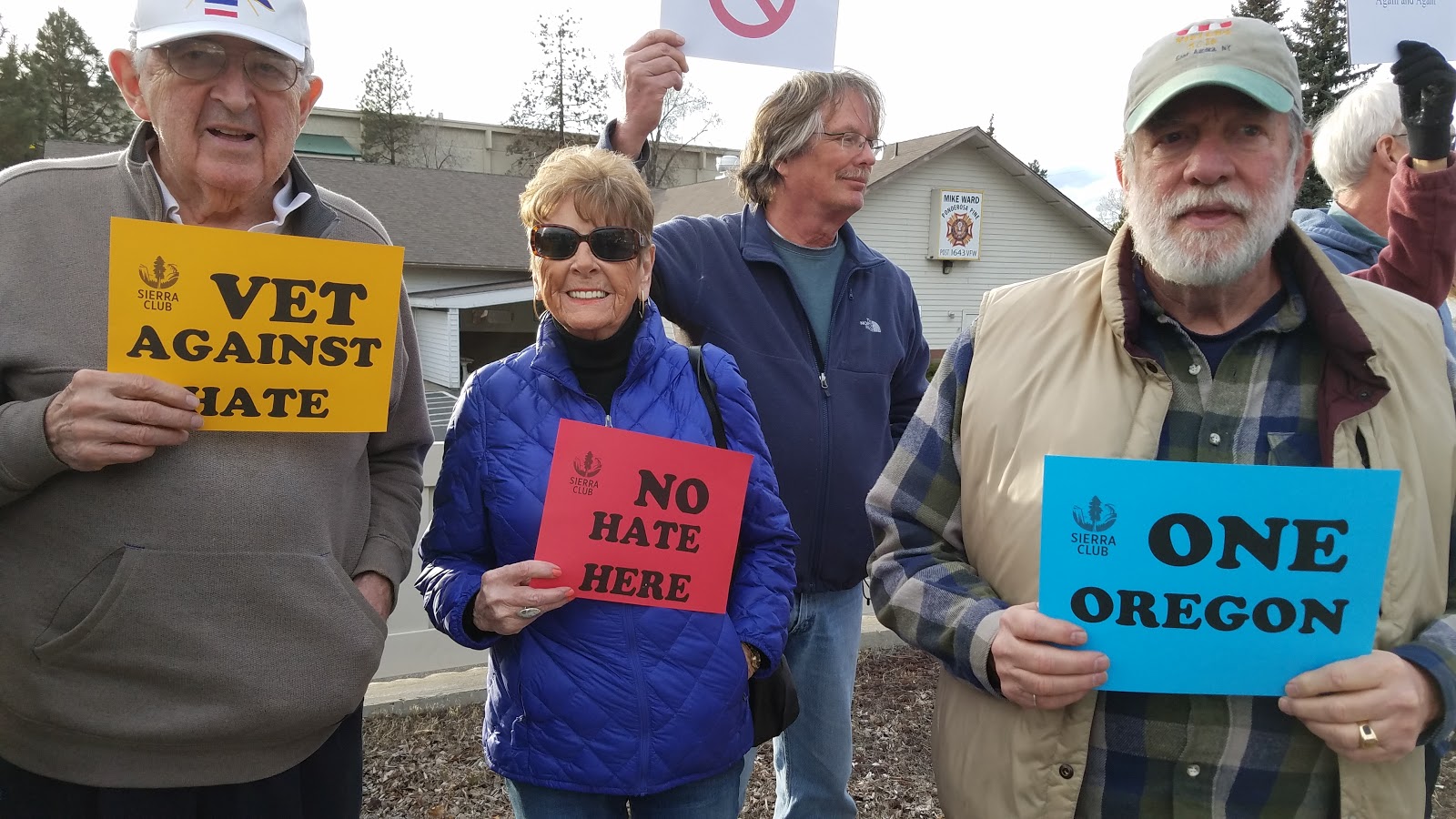When I first came to work for the Sierra Club, I knew the organization had a complicated history around immigrant rights. But I also knew that I was joining a different Sierra Club, one that had rejected anti-immigrant bigotry and was charting a its own path. In my role as Director of Strategic Partners, working directly with our partners on immigrant rights and sanctuary, and facilitating funding for that work, I have come to believe that the Sierra Club’s history around immigrant rights created a special responsibility for us to engage our staff and members on how these issues relate to our work and to show up for our partners on this issue.
In 1998 the Sierra Club was at a crossroads. For decades, a group of people within the organization had pushed to use the Sierra Club’s influence to promote policies to block immigration and undermine immigrant rights. In 1998, some of those people, including Jon Tanton, called “the racist architect of the modern anti-immigrant movement,” by the Southern Poverty Law Center, brought forward a proposal for the Sierra Club to become an actively anti-immigrant organization with a public stance opposing immigration.The proposal was defeated in a vote by the Sierra Club’s members, but only barely. The fact that this internal movement found support within a portion of the Sierra Club’s membership was a reflection of our exclusionary history and one marker of the environmental movement’s problematic overlap with ideologies and activist members of population control, eugenics, and conservative movements. Just one example of our exclusionary history is the fact that in the 1950s, the Angeles Chapter of the Sierra Club had a policy against allowing African American members.
In 2004, we went through this process again. Anti-immigrant advocates ran to take control of the Sierra Club’s board of directors, and lost.
The Sierra Club was vulnerable to organized bigotry because of our democratic structure. As we struggled internally to reject the agenda of Jon Tanton and his followers, Tanton’s movement grew because of his access to the Sierra Club community. He gained new followers and credibility because of his association with the Sierra Club. Part of the reason that his ideas are still popular is because the Sierra Club was slow to act. And unfortunately, those ideas are still alive and well in the public discourse.
In the years I’ve been a part of the Sierra Club community, we’ve been working to make things right by showing up in solidarity with immigrant communities and organizations advocating for immigrant rights. Sometimes that work is driven by the natural connections between immigrant rights issues and our work to protect the natural and human environment -- for example, our work to highlight the true costs of the border wall, which itself denigrates ecosystems as well as human communities. Or our work to transform corporate trade policies that contribute to forced migration and environmental injustice. We also amplify our partners’ voices on social media and share our access to power and funding.
Over the past year, in partnership with our allies, we’ve co-led a strong fight against border militarization and physical barriers in the Southwest. We’ve mobilized our members and supporters to stand against family separation in a global day of action. We’ve joined rallies and marches along the border and across the country with tens of thousands of people. We’ve supported our partners with resources to increase their capacity, like RAICES which offers legal and administrative assistance to reunite families.
And when bigots invoke concern for the environment as a reason to exclude immigrants from our communities -- we push back. Right now in Oregon an anti-immigrant group with a logo nearly identical to the Sierra Club’s is pushing an environmental message to justify a ballot measure which would revoke Oregon’s decades-old status as a sanctuary state. The Oregon chapter has been deeply involved in opposing this measure.
This history does not define me. What defines me and today’s Sierra Club is how we choose to act given our recognition of that history. I’m proud to be part of an organization that knows the harm we’ve let go by, and works to correct it.
